
Leica T: eight years later
11 min read May 3, 2022
At the pandemic’s start, I sold the best camera I’ve ever owned, my Leica Q. It felt like an expensive paperweight given the lack of travel. I bought the Fujifilm X100V as a replacement.
I liked that camera, but I didn’t love it the way I loved the Q. Seller’s remorse overcame me. At the same time, I looked for a setup with a shallower depth of field to shoot my newborn and family. That’s when I stumbled upon a great deal on a Leica T.
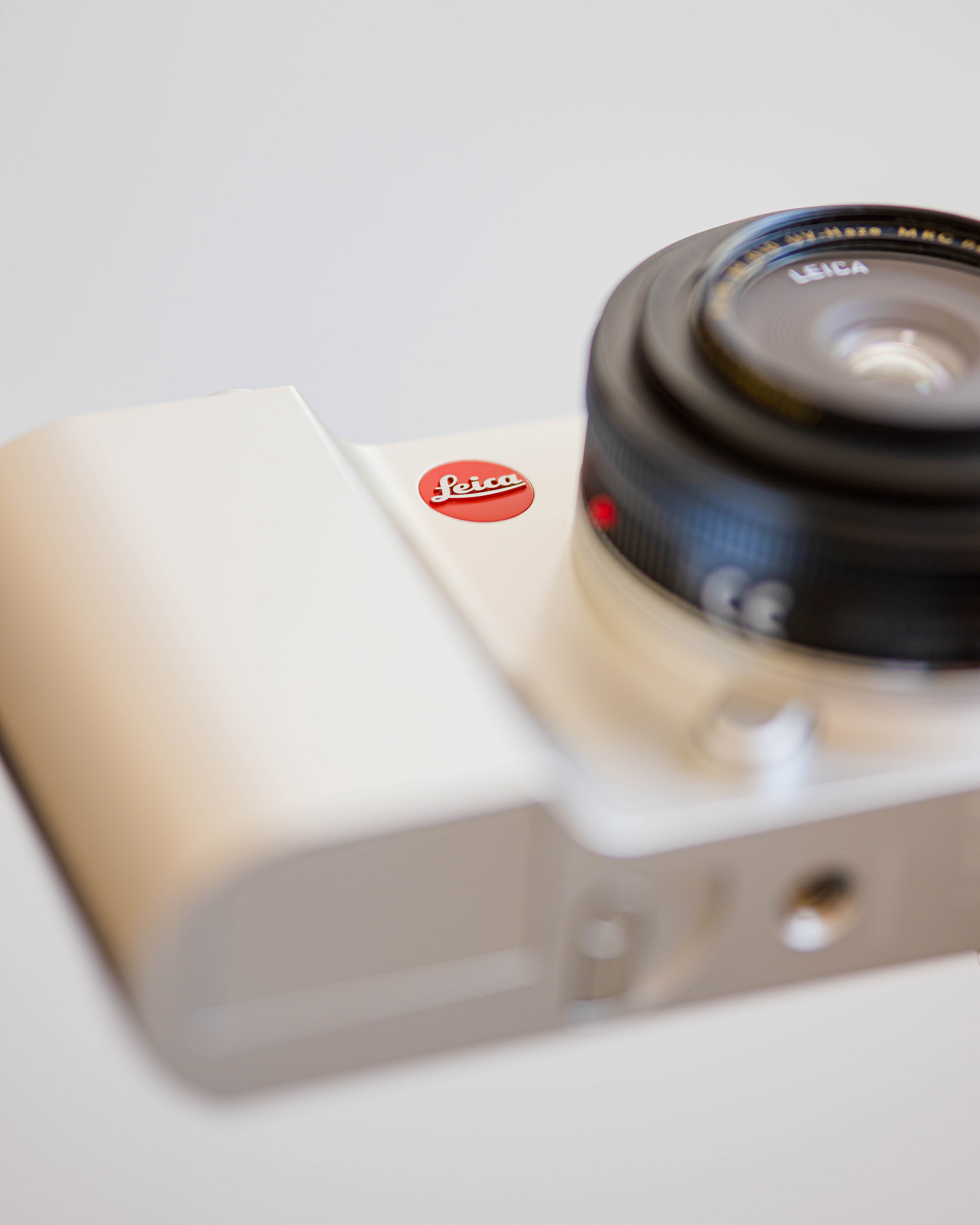
The start of something new
I remember reading reviews of the T when it first appeared on the scene in 2014. That camera surprised us all. Leica, usually known for moving slowly, released a new mirrorless system unlike any other. Read Ming Thein’s review if you want to relive that initial excitement. It had a novel construction method and UI.
The type of people who study MTF charts noted another astonishing detail. The lenses resolve more detail than Leica lenses before, even venerable M lenses. These new lenses and their later siblings in the SL system set the new standard for optics at Leica.
Radical new design
The most prominent aspect of the Leica T is on the outside — its industrial design. The T was yet another in a line of objects designed by a special team at Audi. The studio, situated far from Leica’s headquarters at Wetzlar, aimed to create products thoroughly different, yet thoroughly Leica. The team also devised the M9 Titanium and, my favorite, the M Edition 60. Those two cameras, while prohibitively expensive, are working examples of Leicas from a parallel universe.
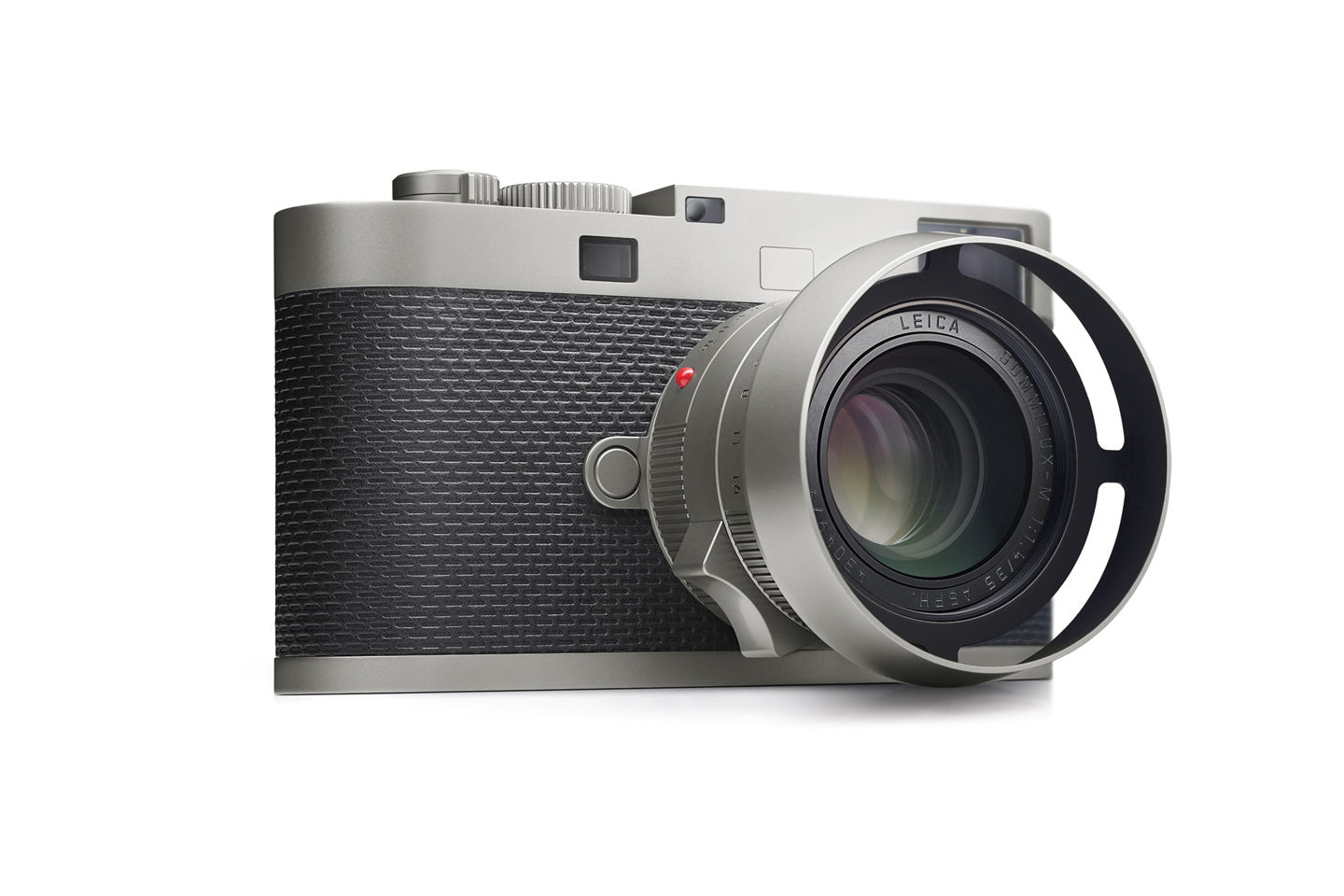 Leica M Edition 60
Leica M Edition 60
To understand Leicas from this universe, we need to look not to Audi but to another german automobile manufacturer, Porsche. To start, LG1050, Leica’s proprietary engraving font, is a derivative of one developed at Porsche. Furthermore, Leica’s attitude towards product development is similar to Porsche’s. Each product, with a few exceptions like the CL and M5, is a refinement, not a reinvention, of what came before.
This philosophy continued even with the advent of digital photography, which sheds the physical constraints of film. Leica continues to look back at its past when painting a vision of the future. And that point is the first of many ways that the Leica T departs from the usual Leica formula.
The T starts with the familiar silhouette, a pill shape wrapping a film canister and its takeup spool. The Audi design team made extreme cuts, thinning the body’s profile and creating both a handle and battery compartment. This theme of subtracting material is carried over into the production processes.
While other Leicas are composed of an inner frame and an outer protective shell, the Leica T is a unibody. The inner structure and outer housing are one piece — carved from a block of aluminum.
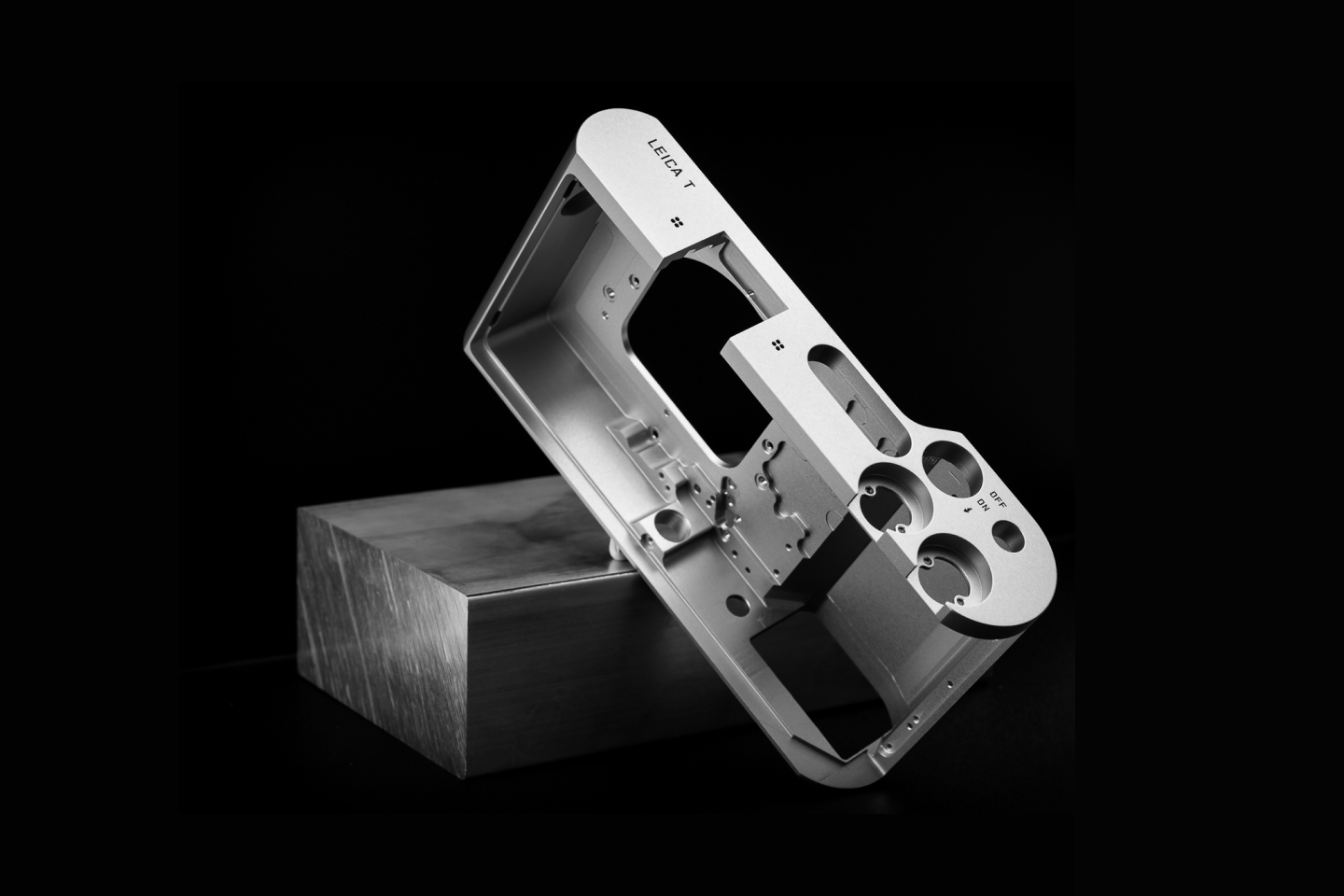
Then, in a procedure that Leica celebrated with a forty-five-minute advertisement, the body is sanded and polished by hand before being sent off to bead blasting and anodization.
The labels for the on/off switch and model designation are engraved in LG1050 and filled with black paint.
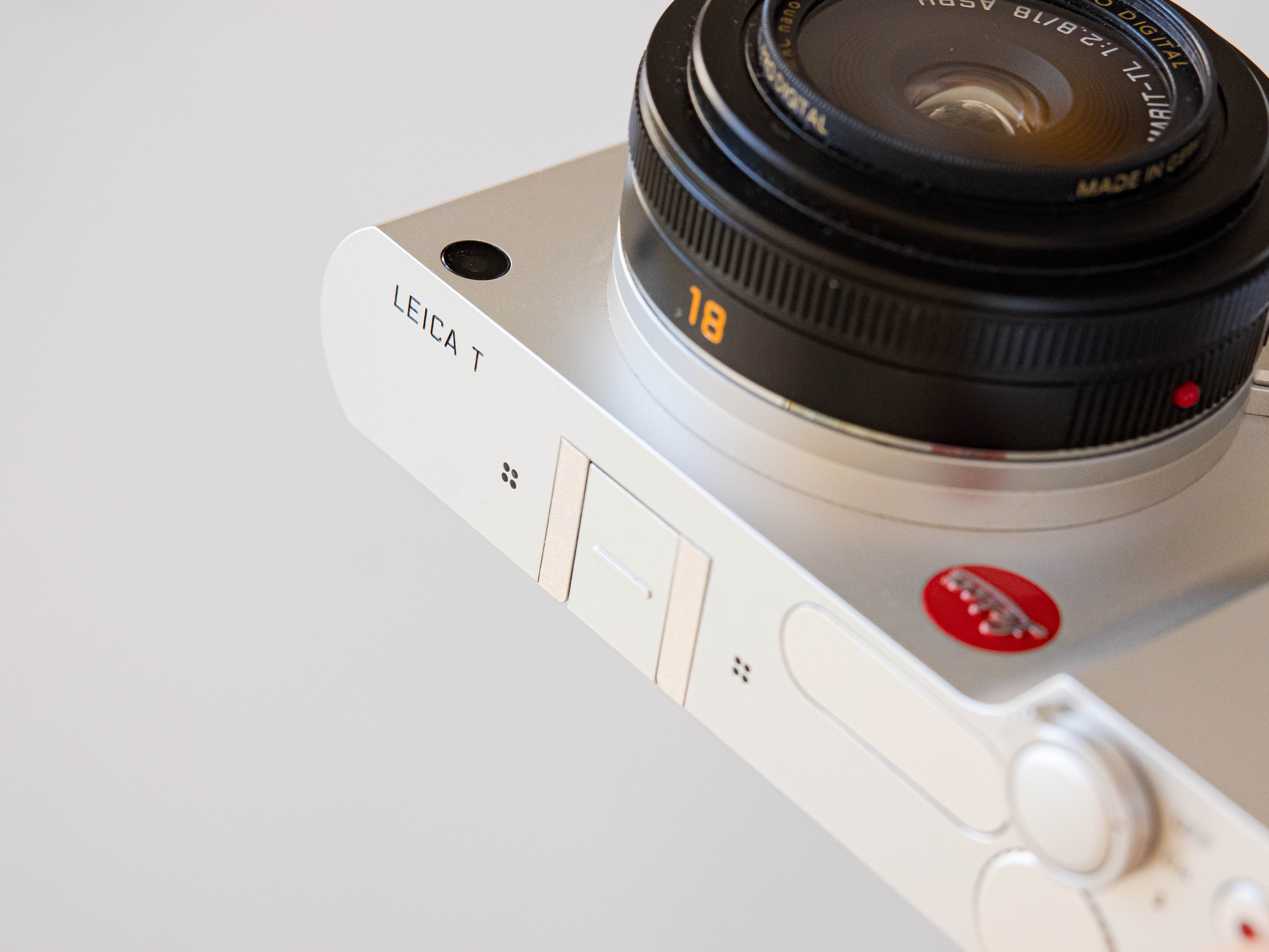
Nearby, two multifunction dials sit within reach of my thumb.
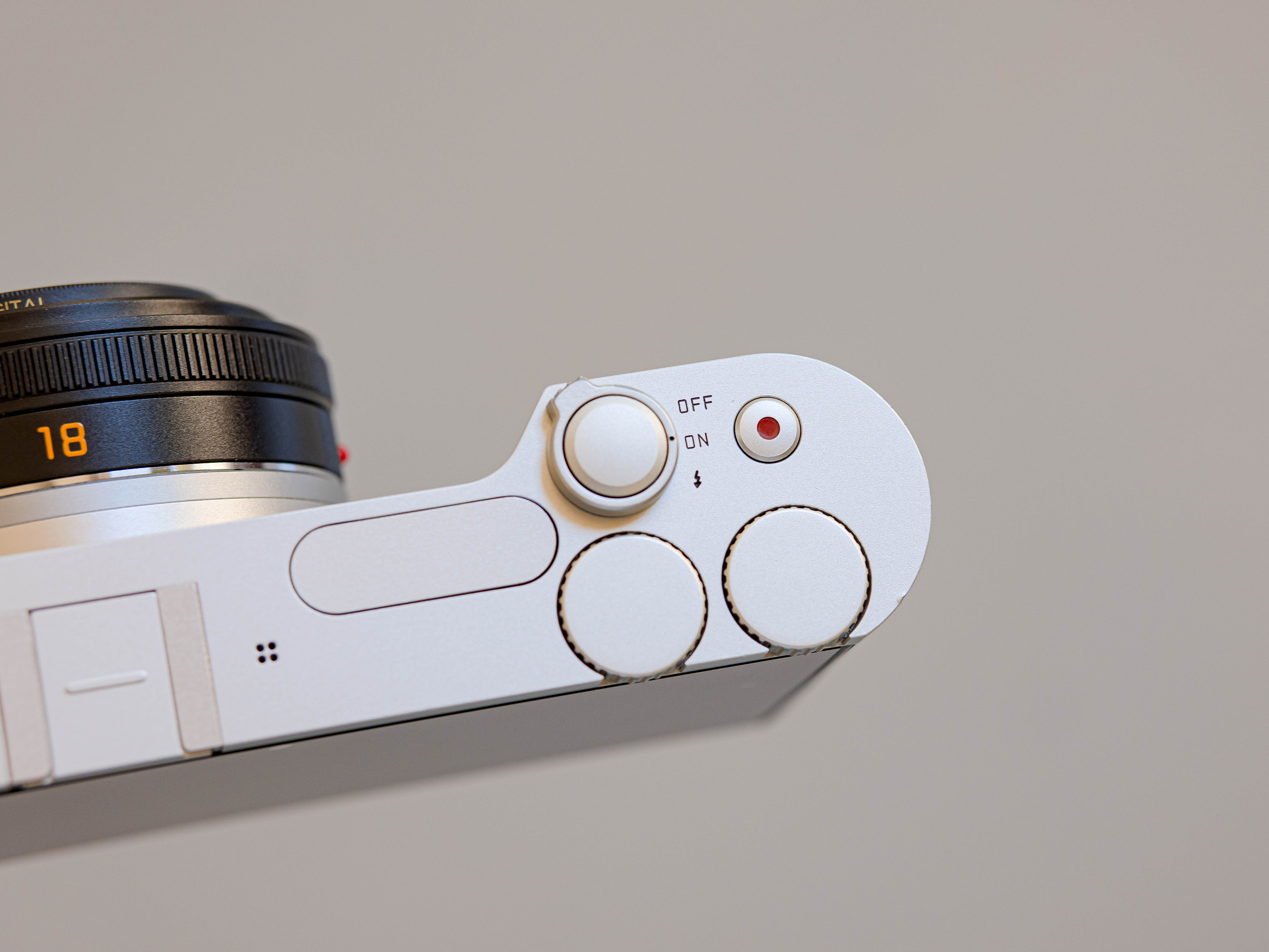
The back features a single pane of glass with an LCD and capacitive touch screen. Unfortunately, there’s no oleophobic coating, so be prepared to fight smudges. To the right of the screen is a black plastic door hiding the SD card, and USB port.
The T was released not just with a new set of lenses but also with form-fitting cases and exclusive straps. The latter attach via proprietary lugs removed with a SIM ejector.
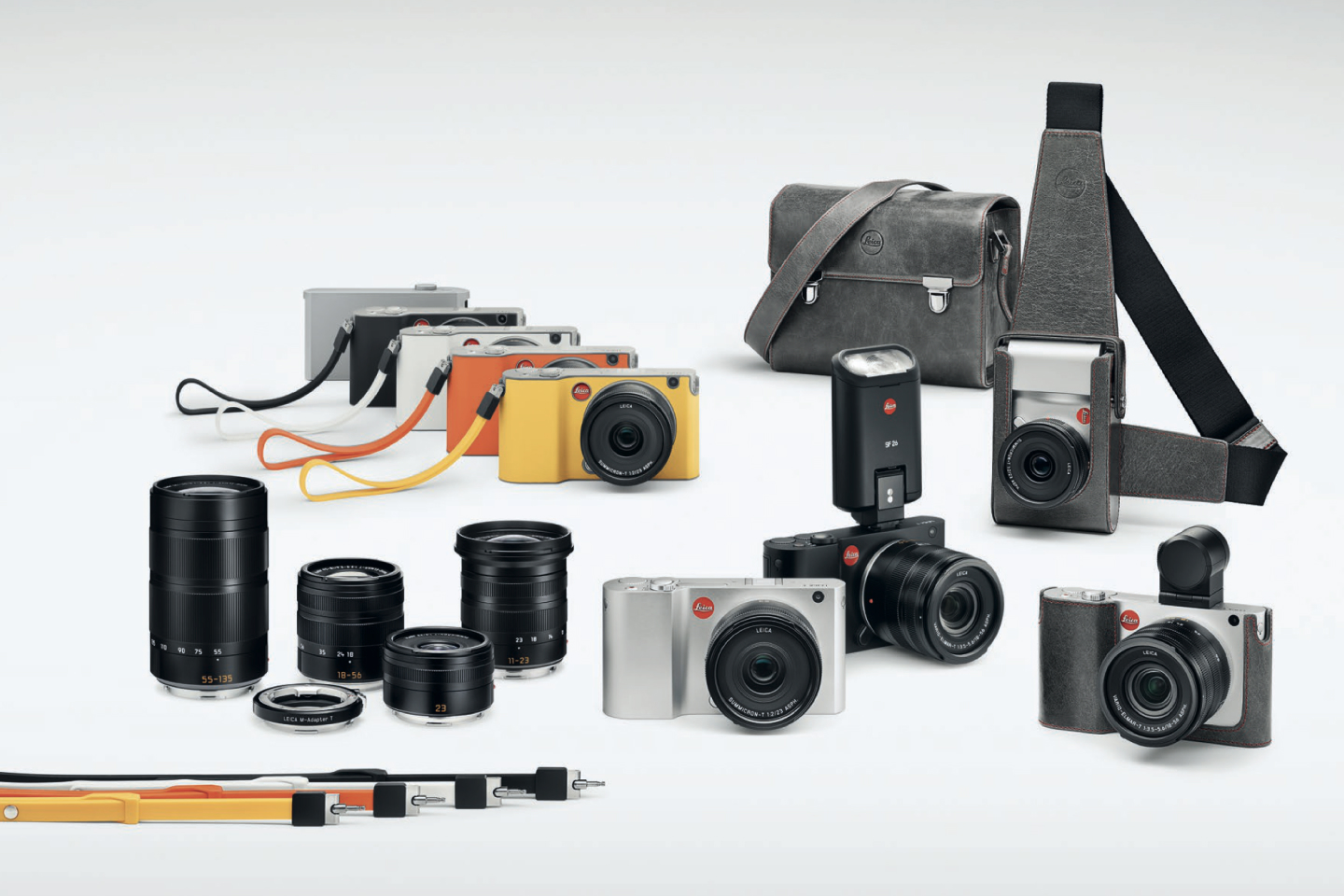
A budget-friendly Leica?
All of this newness wasn’t cheap eight years ago. Leica listed the body at $1,850, the 23mm f/2 prime lens at $1,950, and the 18-56mm f/3.5-5.6 zoom lens at $1,750. Add on a $600 electronic viewfinder, and you are looking at prices similar to a Leica M.
Given its specs were either matched or surpassed by other APS-C mirrorless cameras at the time, the Leica T system’s prices were tough to swallow. Unsurprisingly, many reviewers panned Leica for creating an expensive luxury toy. I, however, saw past the criticism. Leica truly was offering craftsmanship and a novel user experience. Without a doubt, it would be expensive.
Eight years later, the system is in a different place altogether. Leica continued to iterate on the T with the TL and TL2. They also released the CL, which I now own and use as my daily camera. The T-Mount turned into the L-mount alliance, shared by Panasonic and Sigma. There are numerous full-frame L-mount cameras like Leica’s SL, Sigma’s fp, and Panasonic’s S, with an entire stable of lenses to match. These full-frame cameras have catapulted to popularity among photographers and filmmakers alike.
 Cameras and lenses of the L-Mount
Alliance
Cameras and lenses of the L-Mount
Alliance
The APS-C cameras haven’t received as much love. As a result, the T, the camera that started the system, has depreciated significantly. I’ve seen them listed anywhere from $250 to $600 for a body in excellent condition. I picked mine up from KEH for $375, including shipping and taxes.
Throw in one of Sigma’s newly-released affordable L-mount APS-C lenses, and you are set with a budget Leica setup. That’s precisely what I did. I picked up a Sigma 56mm f/1.4 under heavy discount, and I was off to the races.
In hand
In hand, the Leica T continues to wow. The aluminum is soft and cool to touch. There is no flex or give in the body. The edges are slightly sharp, but Leica fixed that with a light chamfer on the TL and TL2. These edges are also prone to dents and scratches as aluminum is a soft material.
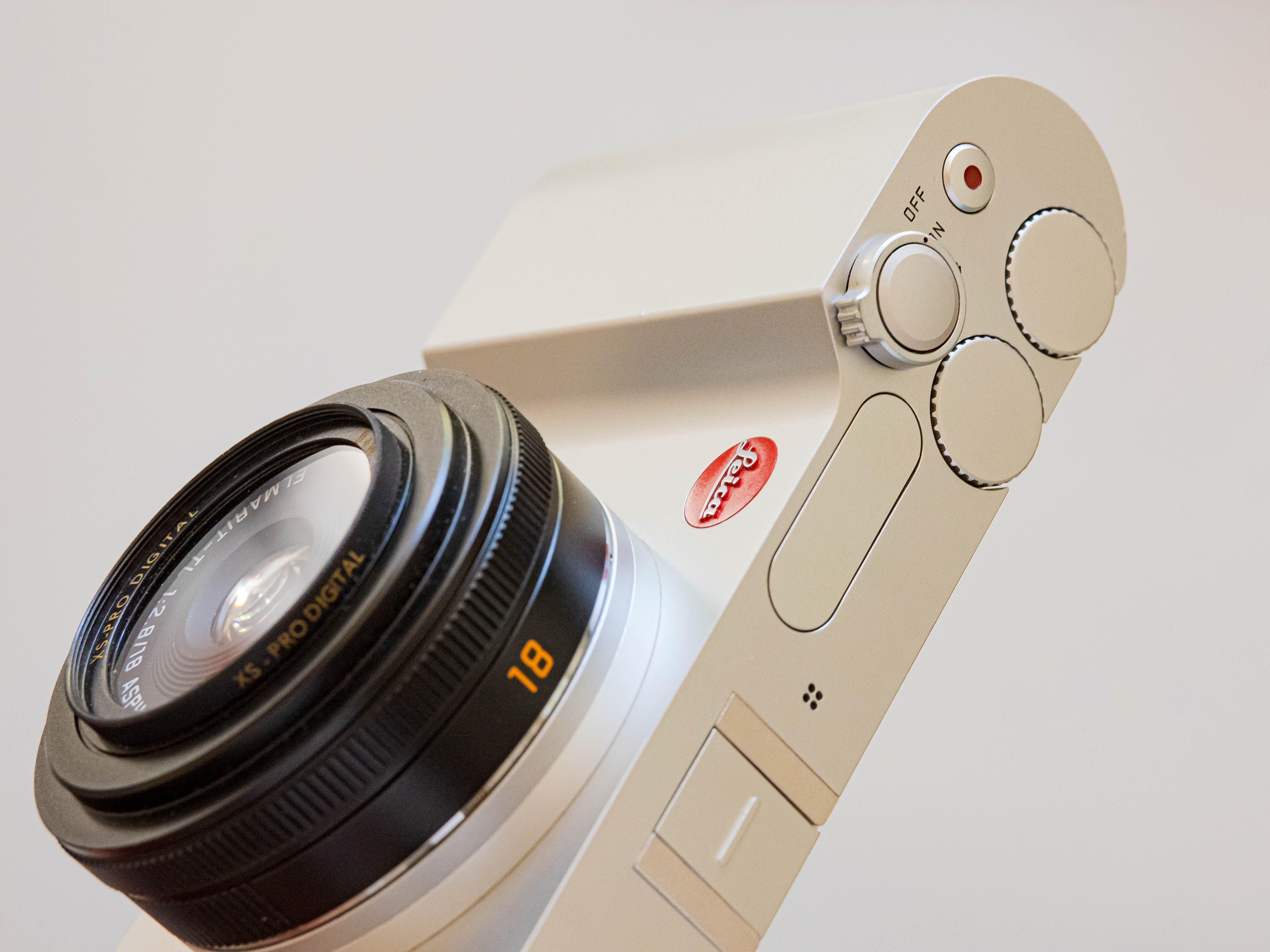
The grip is excellent. It’s funny that the T has a front grip while the Q has a thumb grip in the back. The addition of a thumb grip for the T and a front grip for the Q would improve both.
The battery mechanism, borrowed from the S system, is fantastic. Swinging the latch unseats the battery. A gentle tap then ejects it completely. This system means no batteries accidentally booted onto the ground and no flimsy door to break. Unsurprisingly, Leica has rolled this mechanism out to all of its modern cameras.
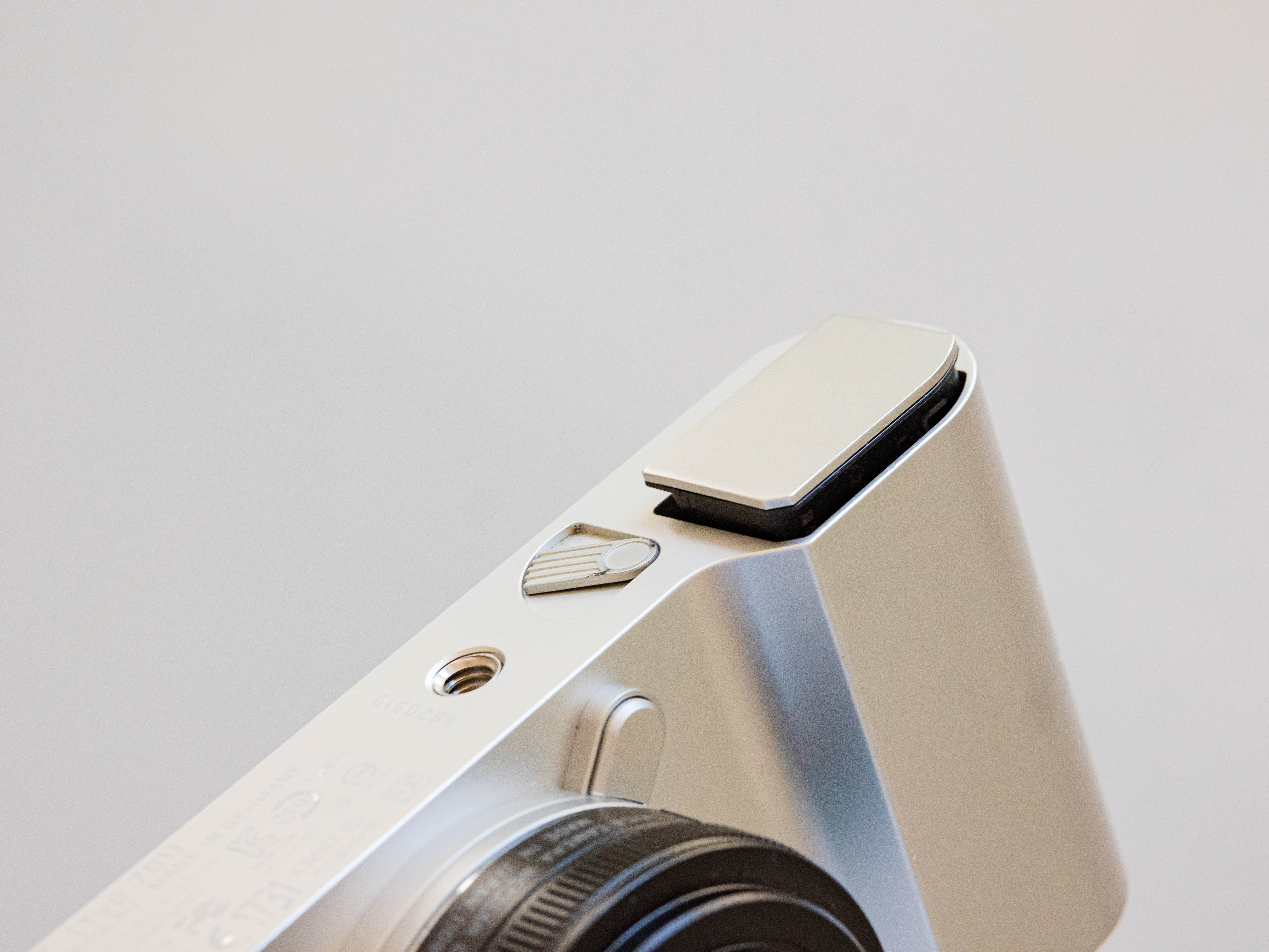
Rotating the on/off switch clicks the camera on. Continuing the rotation reveals the spring-loaded flash. Leica removed this flash in the TL2. The switch on my eight-year-old camera has developed a wobble. I assume it wouldn’t be a problem with the TL2, which received a redesigned switch.
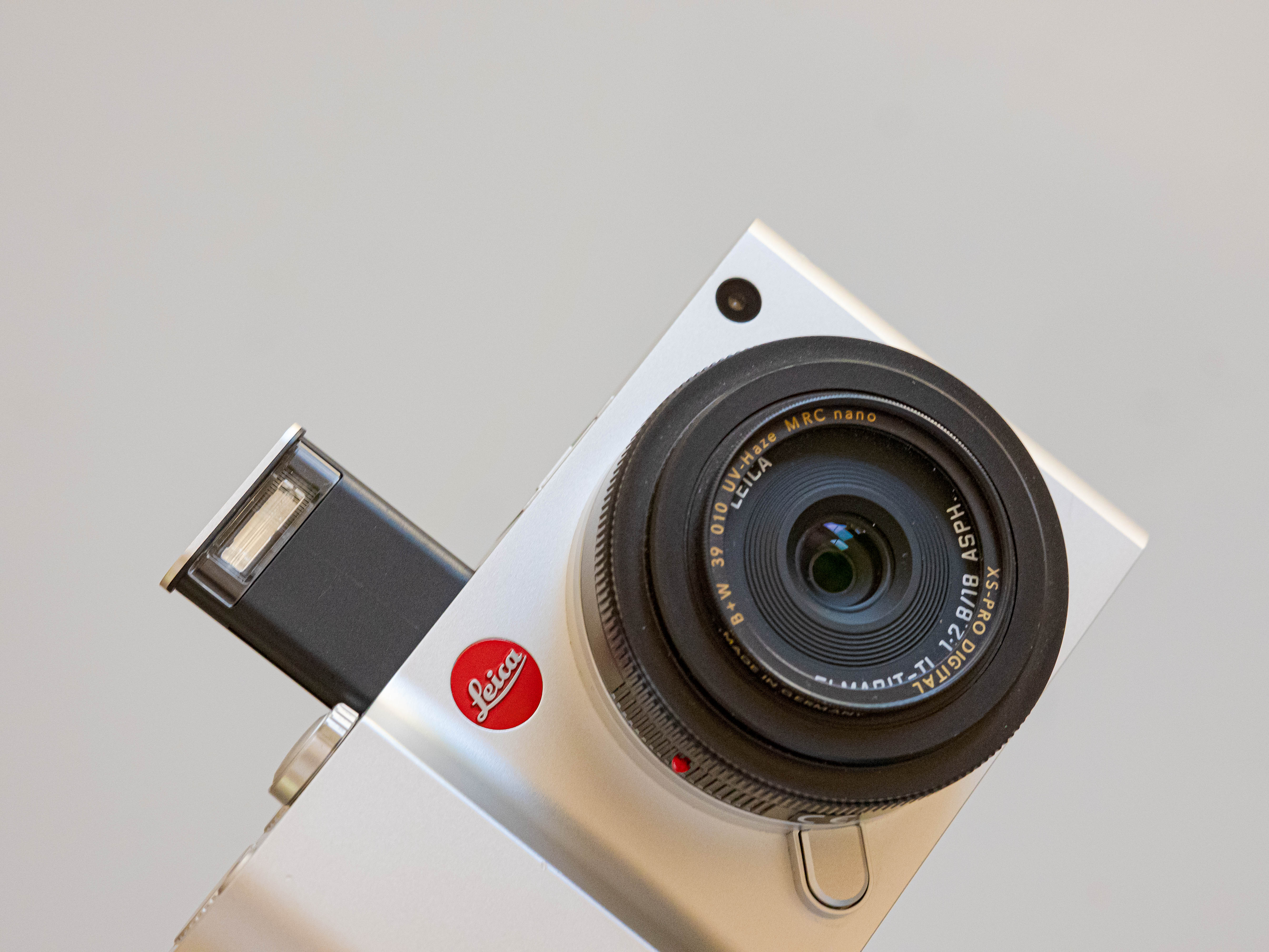
While the proprietary straps look sharp in photos, in practice, they are mediocre. The rubber material attracts lint and dust. The lug system is cumbersome compared to Peak design’s superior quick connectors or even just standard camera lugs.
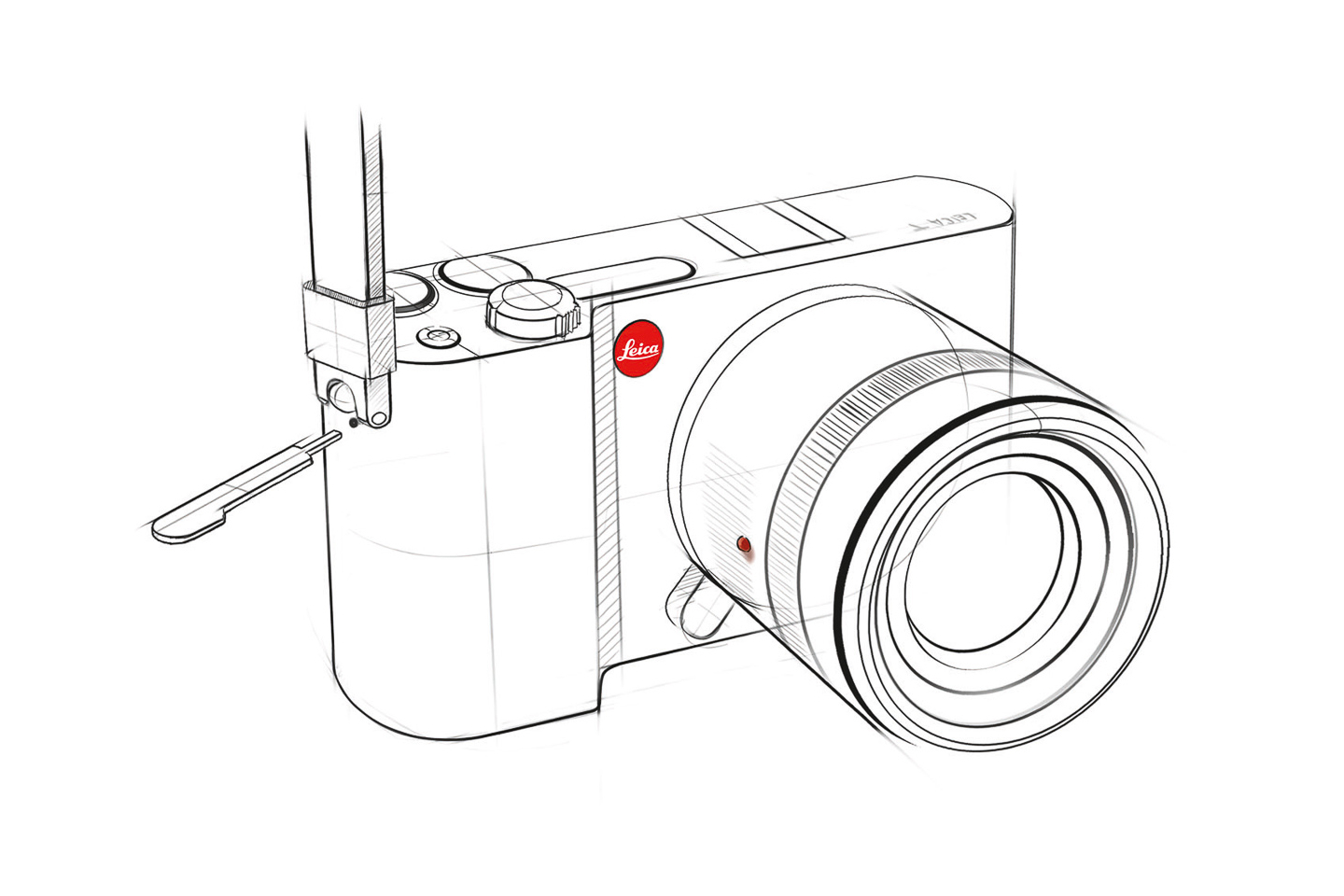
In use
If the folks at Audi and Leica stopped with just the aesthetics and materials, we would already have an impressive camera. They didn’t, though. The T replaces dedicated dials and buttons with two command dials. These vary in function depending on the mode (aperture priority, shutter priority, etc.). The mode itself is changed via a shortcut at the top right of the touch screen.
The lack of dedicated aperture and shutter speed controls took some getting used to. With time, I fell in love. The dials have heft matching the unibody and click satisfyingly. Since both dials are together, I can operate the camera with one hand.
The touchscreen is nearly there. It’s more responsive than other camera touchscreens but nowhere close to smartphones from that era.
The concept behind the UI is excellent. To the right lie the main virtual buttons. In shooting mode, they are the mode, the menu, and the display info toggle. Clicking the menu button reveals a grid of icons — settings and parameters usually spread throughout the camera UI. This grid is entirely customizable, presenting an intuitive, spatial arrangement of favorites. A tool icon on the top right reveals every possible setting.

The lack of a built-in viewfinder is a significant downside for me. Yes, I could add the Leica Visoflex (Typ 020), but it costs more than the T on the used market and would add bulk to the otherwise slim profile. So, I stuck with live view. The screen is good but can’t come close to the stability and immersion of a proper electronic viewfinder.
Given this camera is edging on some of the feature set of a smartphone, I was not surprised to see a wifi option. Using the Leica FOTOS app, I could control the camera from my iPhone and transfer photos over. The initial connection can take a minute (not much worse than the newer CL), but afterward, transfers are brisk.
The biggest letdown of all is the autofocus. The contrast-based system is atrocious. I experienced the T hunting nearly every single shot with the Sigma 56mm. The problem is less noticeable with wider angle lenses like the Summicron 23mm and Elamarit 18mm.
Furthermore, the lack of focus peaking makes the T less ideal for mounting vintage lenses. Even the Sony a7, a camera released a year earlier with a full-frame sensor and lower MSRP, had focus peaking.
This camera is a wonder to hold but, at times, frustrating to use.
Shot on Leica T
Regardless of what I may think about the Leica T’s history, aesthetics, or handling, the ultimate test is in the photographs it produces. Here, the camera shines.
Andrew Kim, in his reviews, remarked at the neutral reportage look straight out of the camera. It’s a look that I couldn’t love more.
I did find them a little too desaturated for my taste, so I crafted custom lightroom presets as I do anytime I buy a new camera. The following are shots taken mainly with the Sigma 56mm f/1.4.
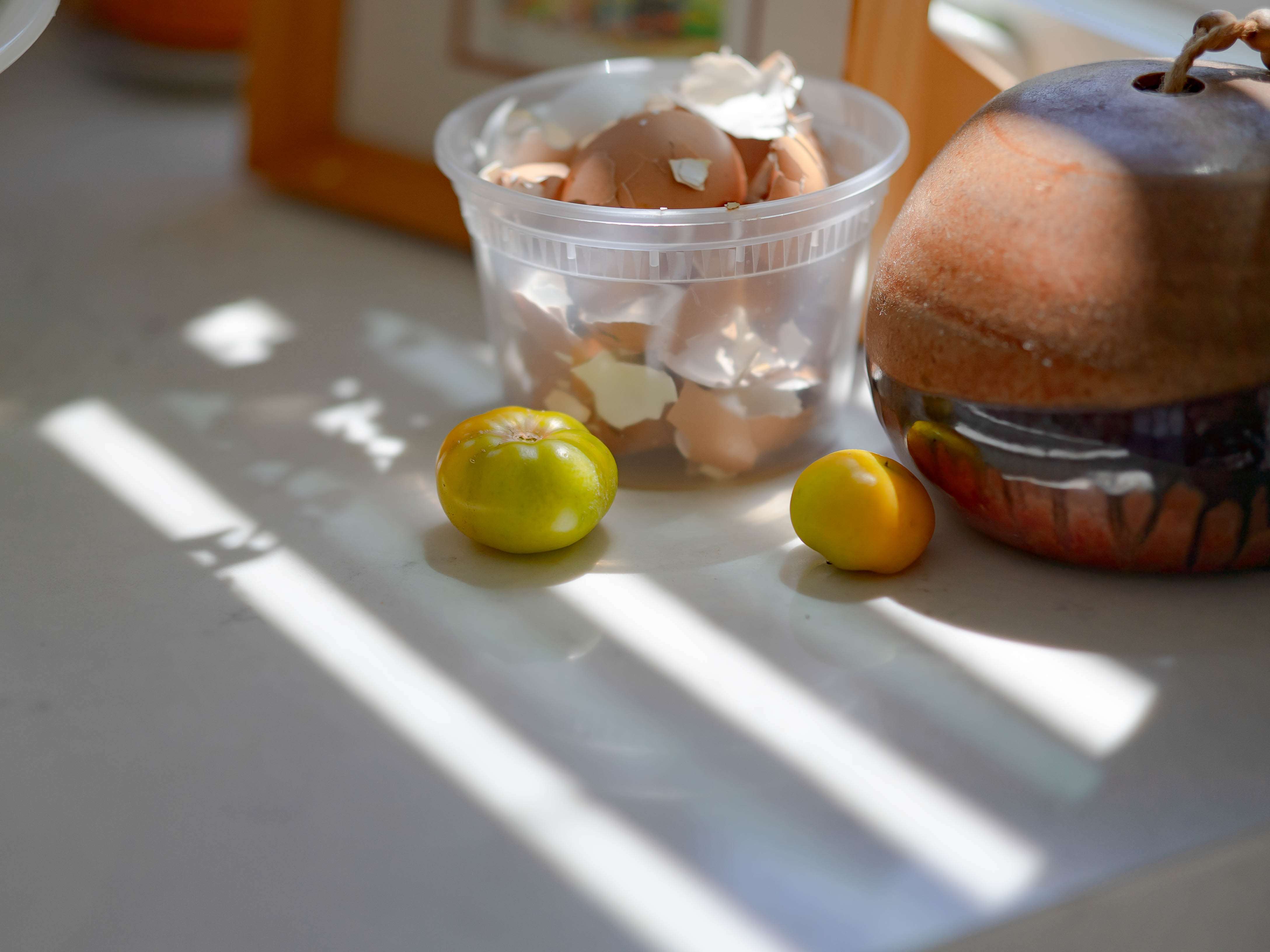 Leica T · 56mm · f/1.4 · 1/1000 · ISO
100
Leica T · 56mm · f/1.4 · 1/1000 · ISO
100
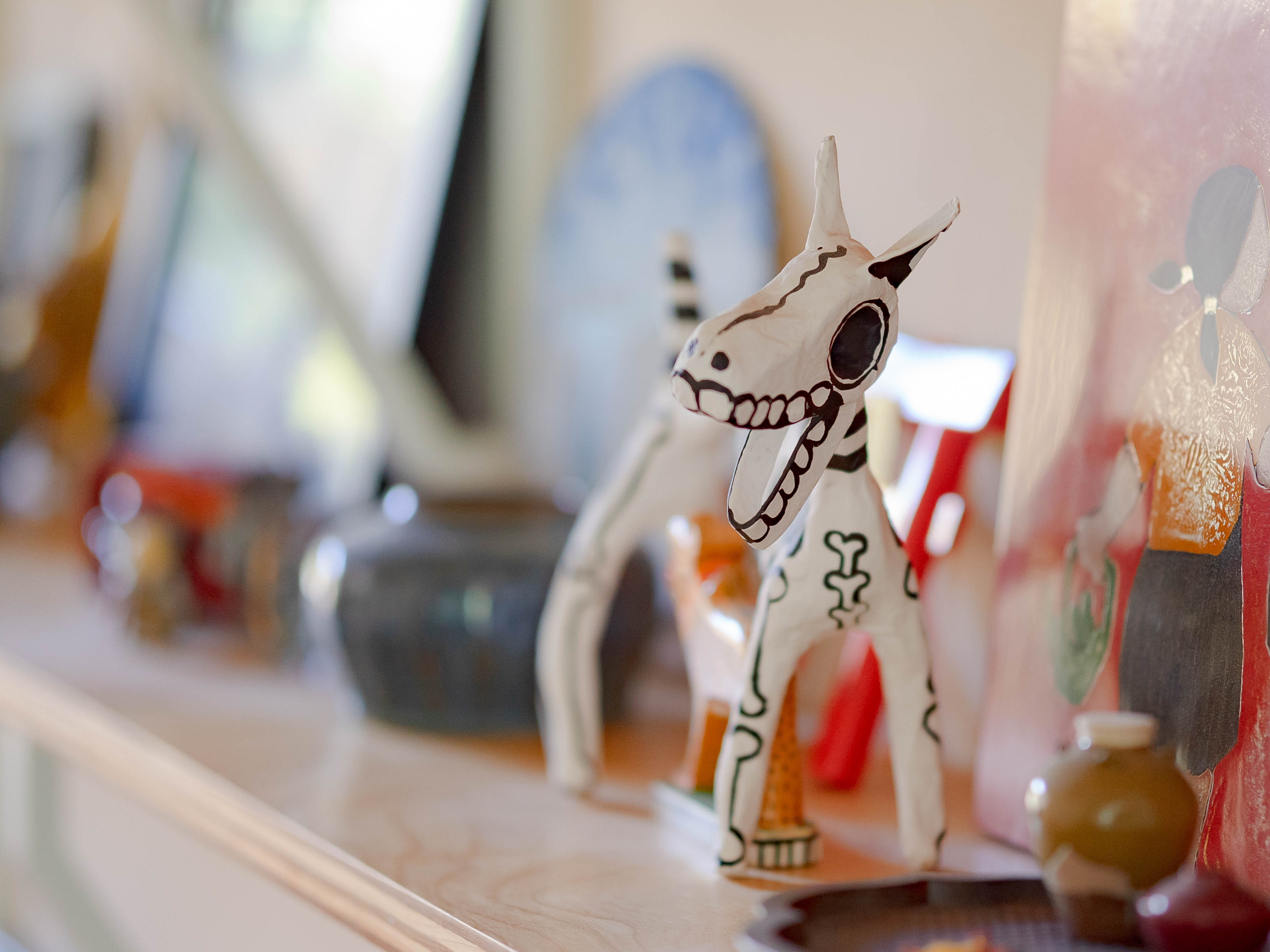 Leica T · 56mm · f/1.4 · 1/160 · ISO
500
Leica T · 56mm · f/1.4 · 1/160 · ISO
500
 Leica T · 56mm · f/1.4 · 1/160 · ISO
320
Leica T · 56mm · f/1.4 · 1/160 · ISO
320
 Leica T · 56mm · f/1.4 · 1/160 · ISO
125
Leica T · 56mm · f/1.4 · 1/160 · ISO
125
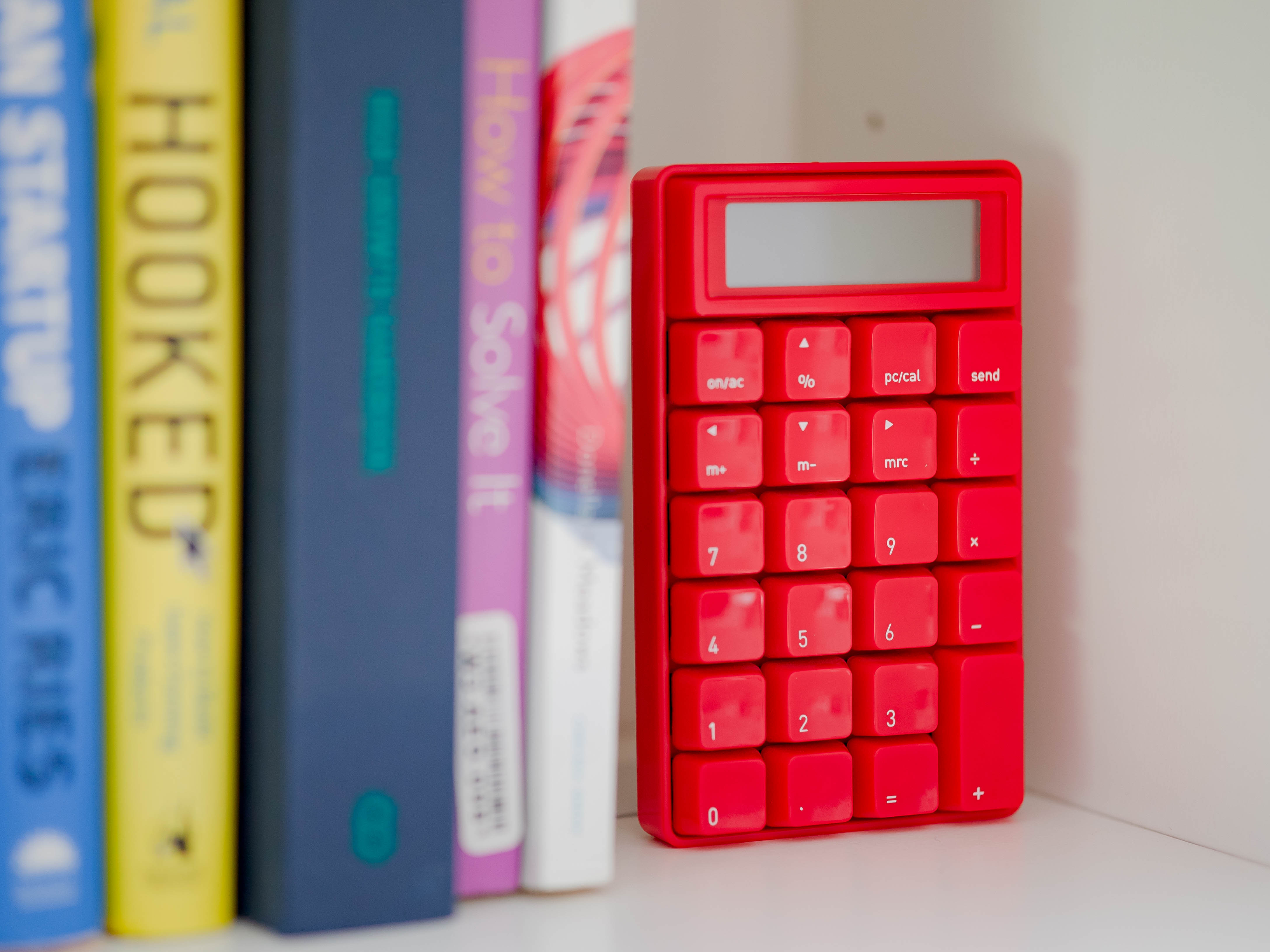 Leica T · 56mm · f/1.4 · 1/160 · ISO
200
Leica T · 56mm · f/1.4 · 1/160 · ISO
200
 Leica T · 56mm · f/1.4 · 1/160 · ISO
100
Leica T · 56mm · f/1.4 · 1/160 · ISO
100
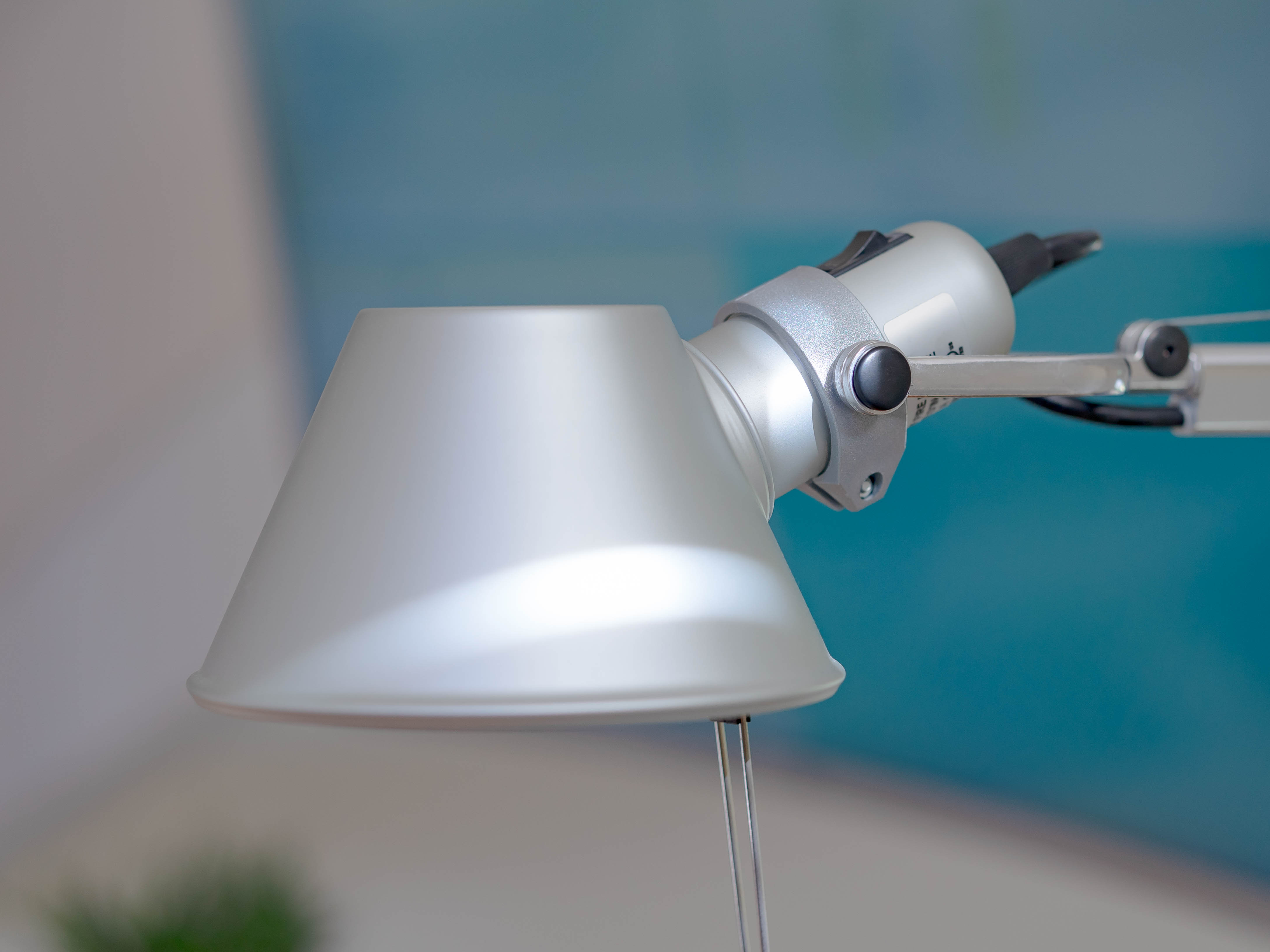 Leica T · 56mm · f/2.2 · 1/200 · ISO
100
Leica T · 56mm · f/2.2 · 1/200 · ISO
100
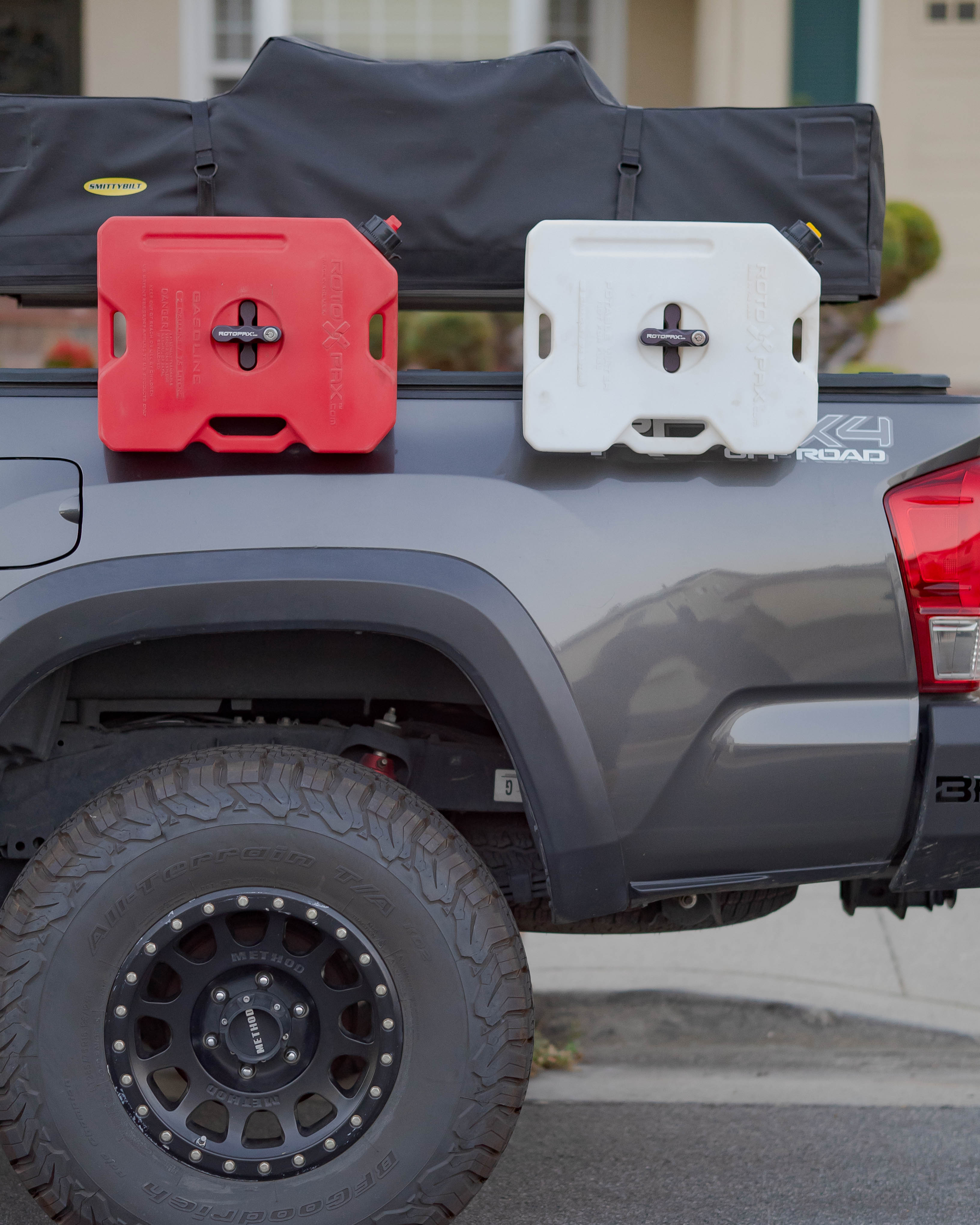 Leica T · 56mm · f/1.4 · 1/160 · ISO
640
Leica T · 56mm · f/1.4 · 1/160 · ISO
640
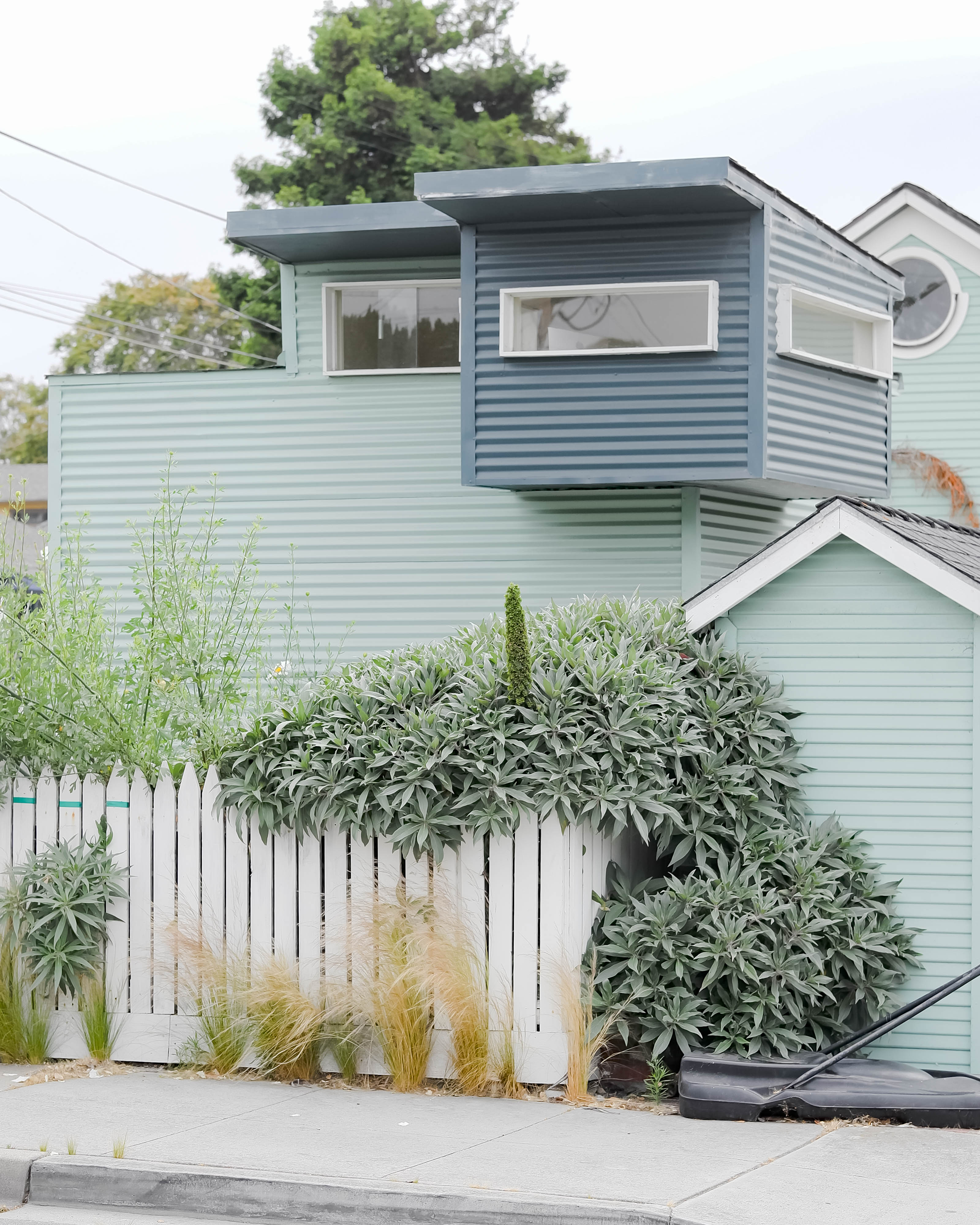 Leica T · 56mm · f/4 · 1/500 · ISO
100
Leica T · 56mm · f/4 · 1/500 · ISO
100
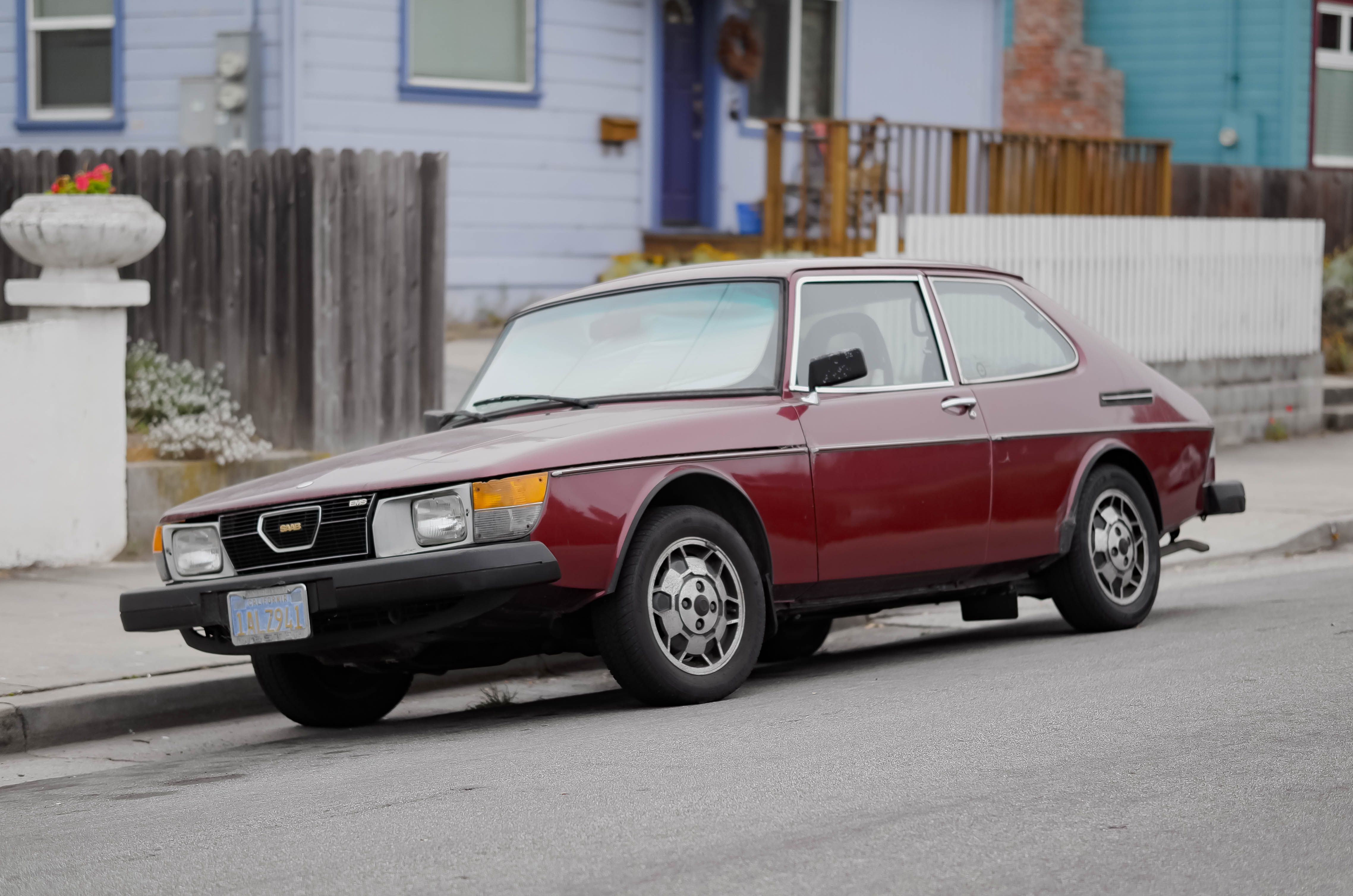 Leica T · 56mm · f/1.4 · 1/1250 · ISO
100
Leica T · 56mm · f/1.4 · 1/1250 · ISO
100
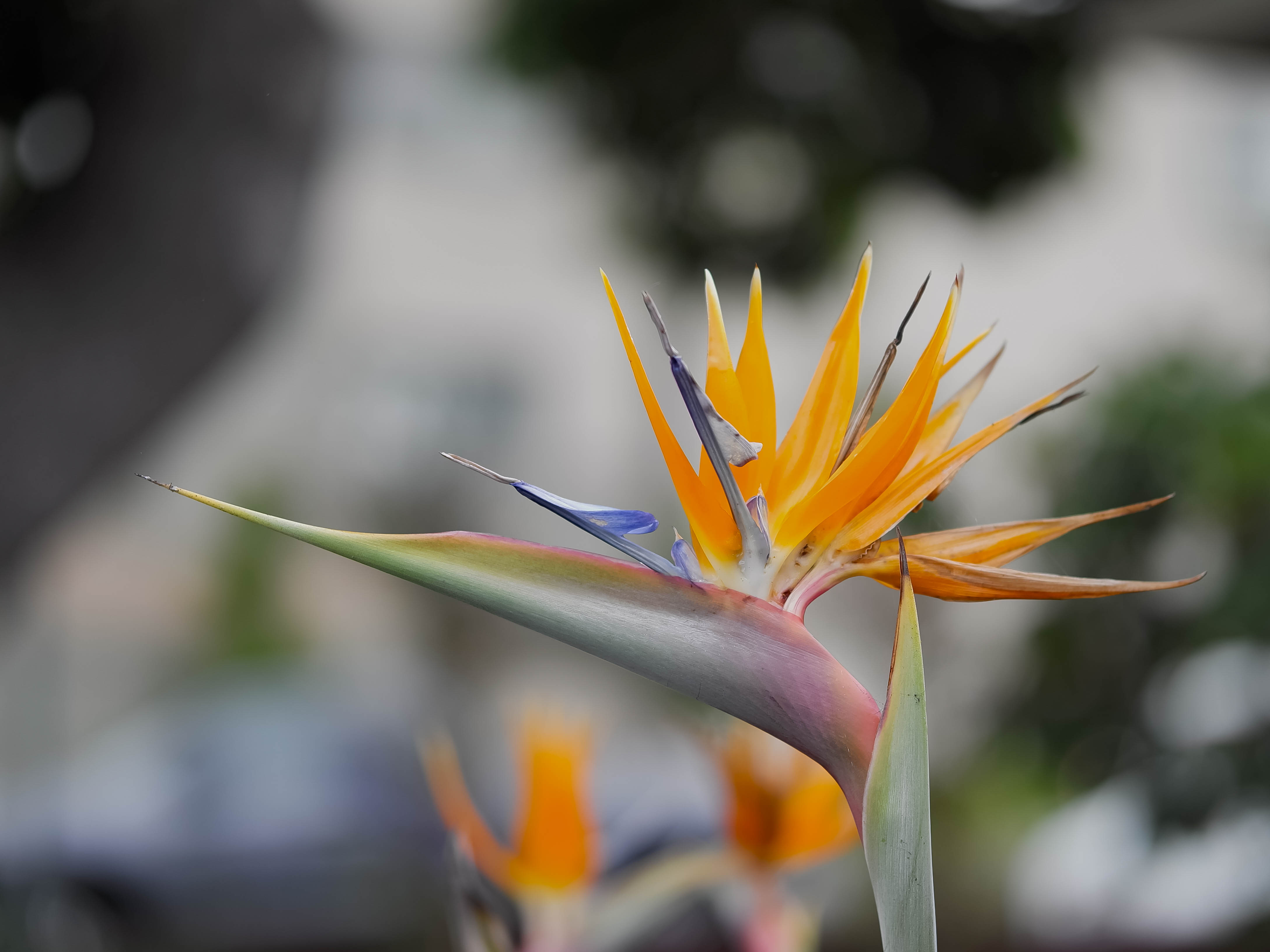 Leica T · 56mm · f/1.4 · 1/800 · ISO
100
Leica T · 56mm · f/1.4 · 1/800 · ISO
100
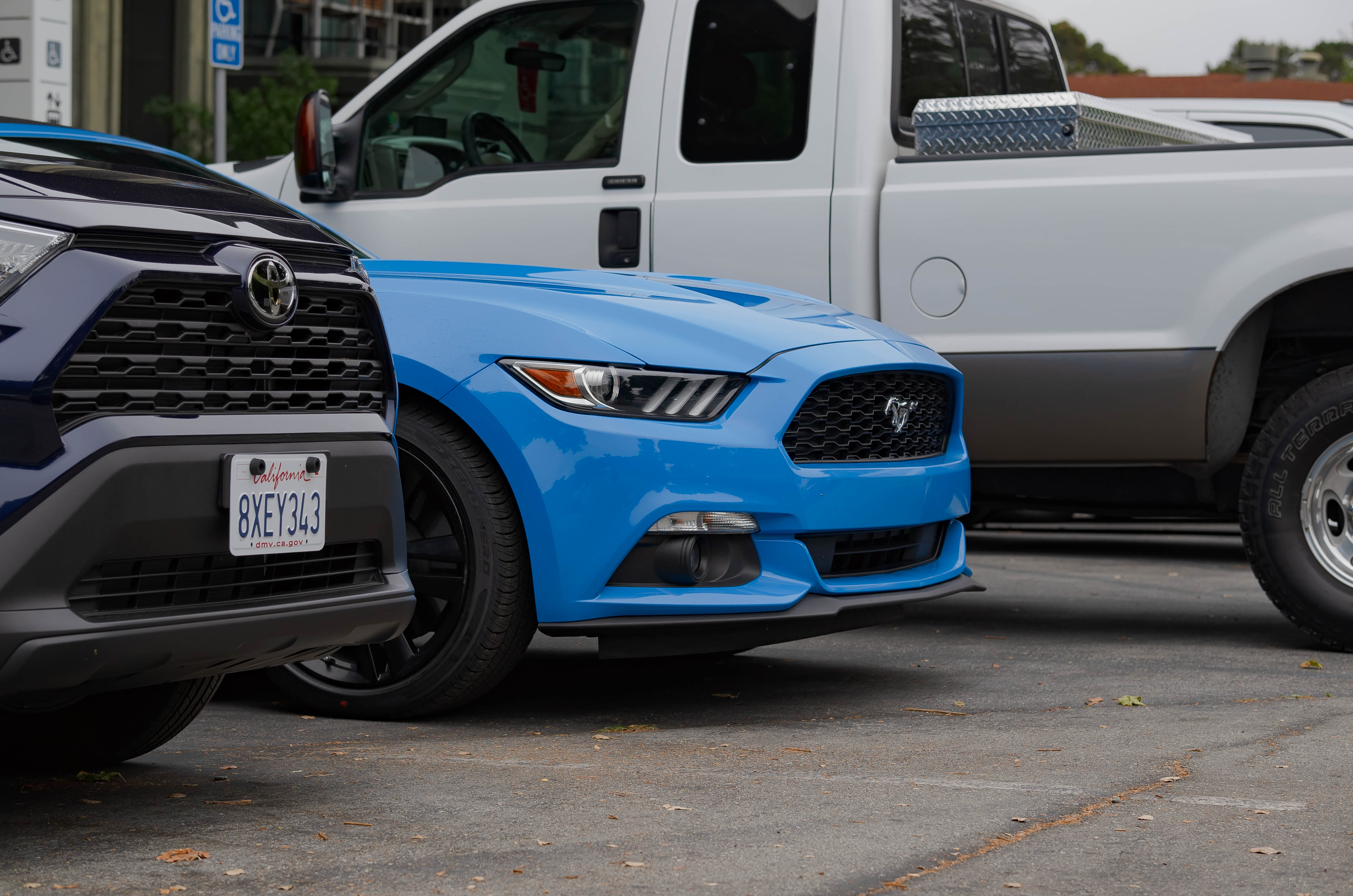 Leica T · 56mm · f/4 · 1/200 · ISO
100
Leica T · 56mm · f/4 · 1/200 · ISO
100
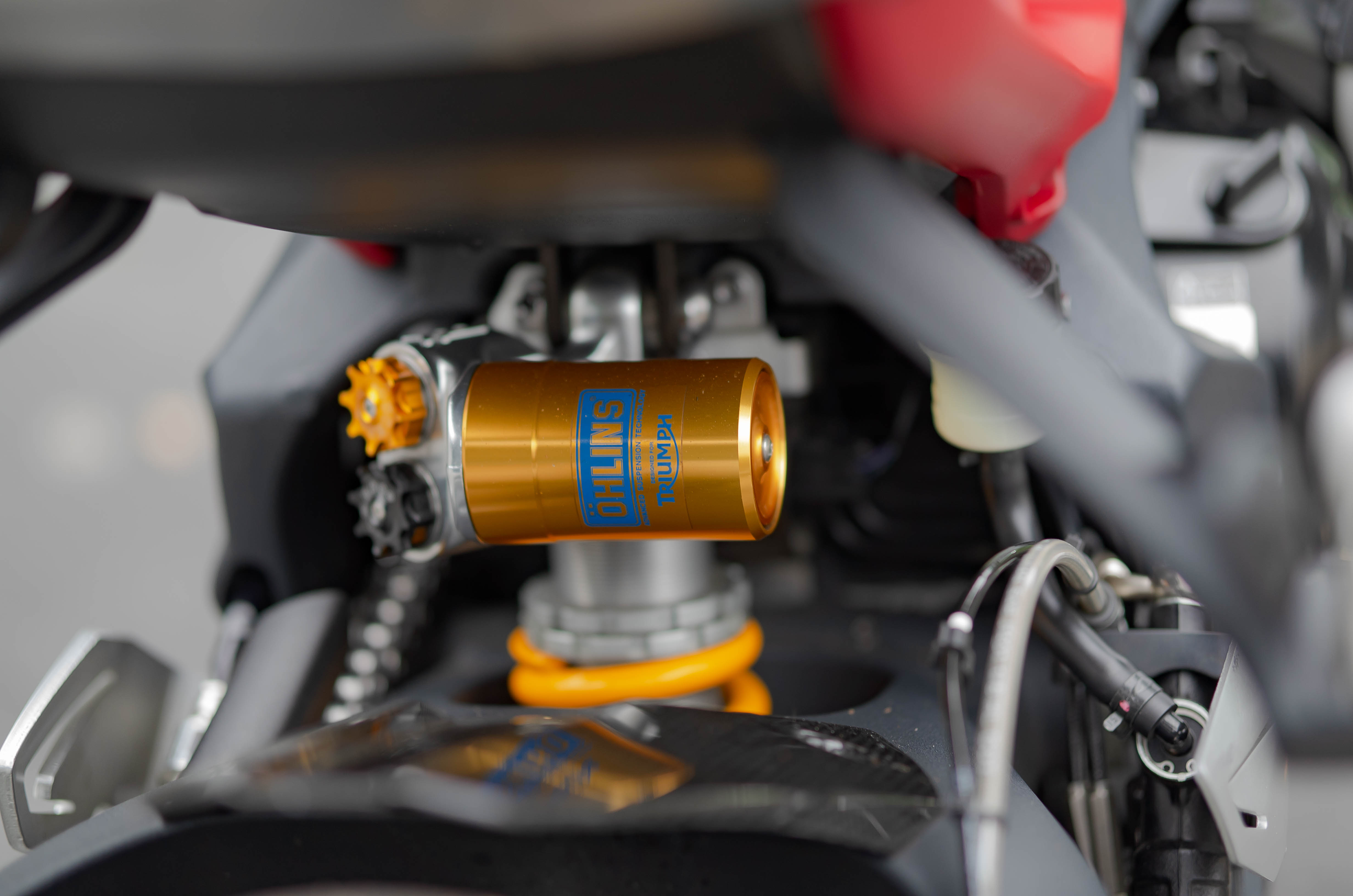 Leica T · 56mm · f/1.4 · 1/160 · ISO
125
Leica T · 56mm · f/1.4 · 1/160 · ISO
125
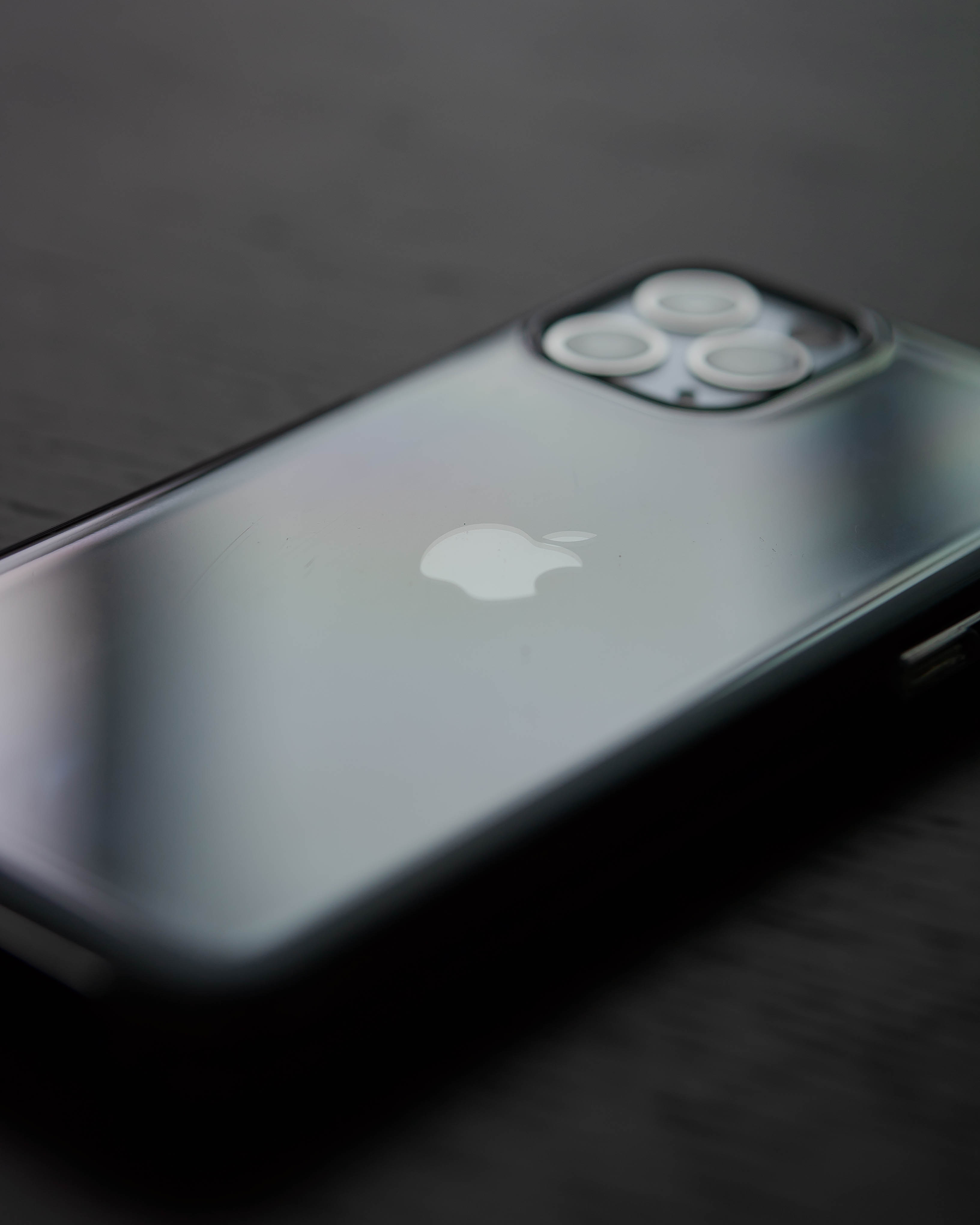 Leica T · 56mm · f/2.8 · 1/1000 · ISO
100
Leica T · 56mm · f/2.8 · 1/1000 · ISO
100
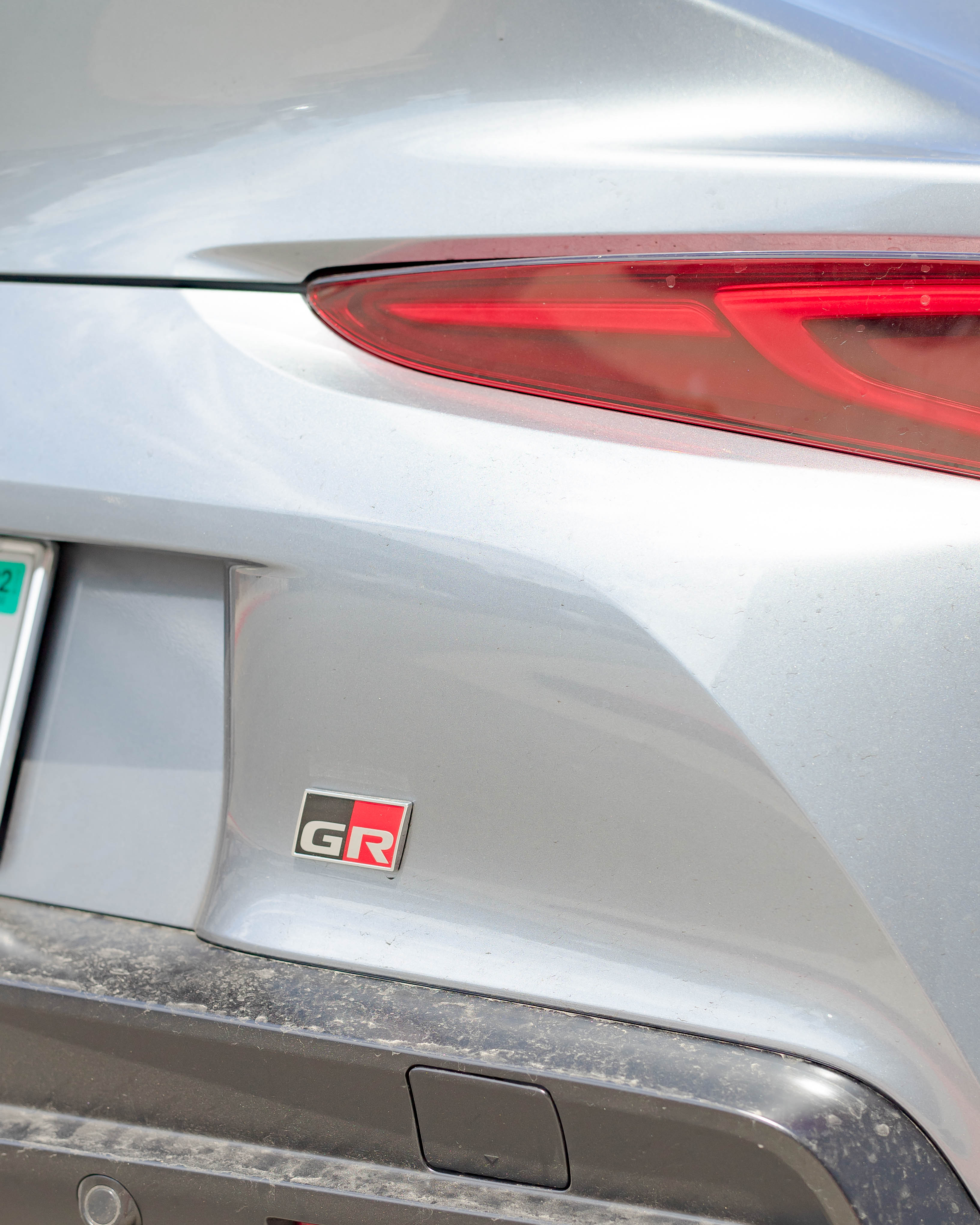 Leica T · 56mm · f/2.8 · 1/1000 · ISO
100
Leica T · 56mm · f/2.8 · 1/1000 · ISO
100
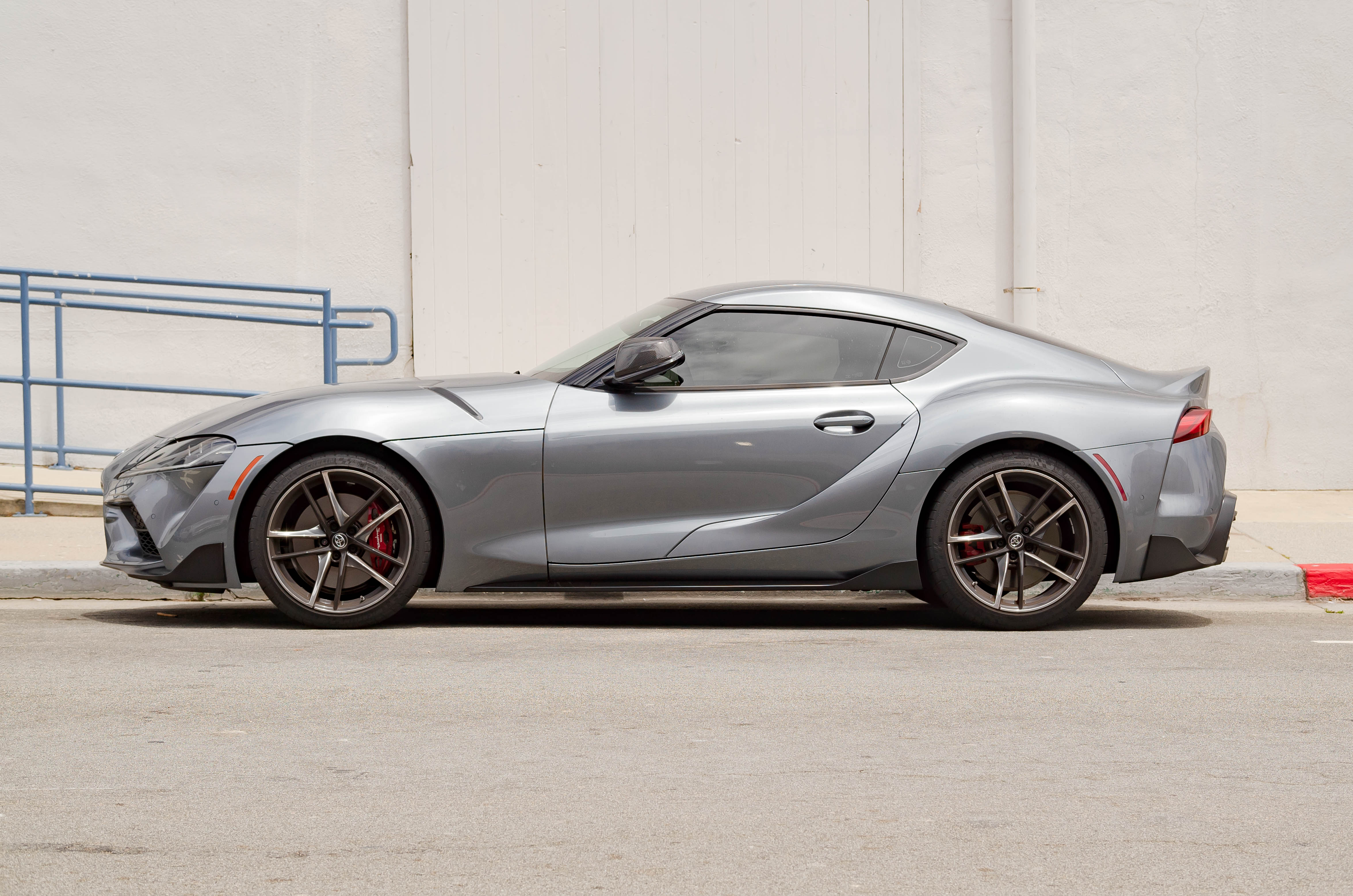 Leica T · 56mm · f/5 · 1/1250 · ISO
100
Leica T · 56mm · f/5 · 1/1250 · ISO
100
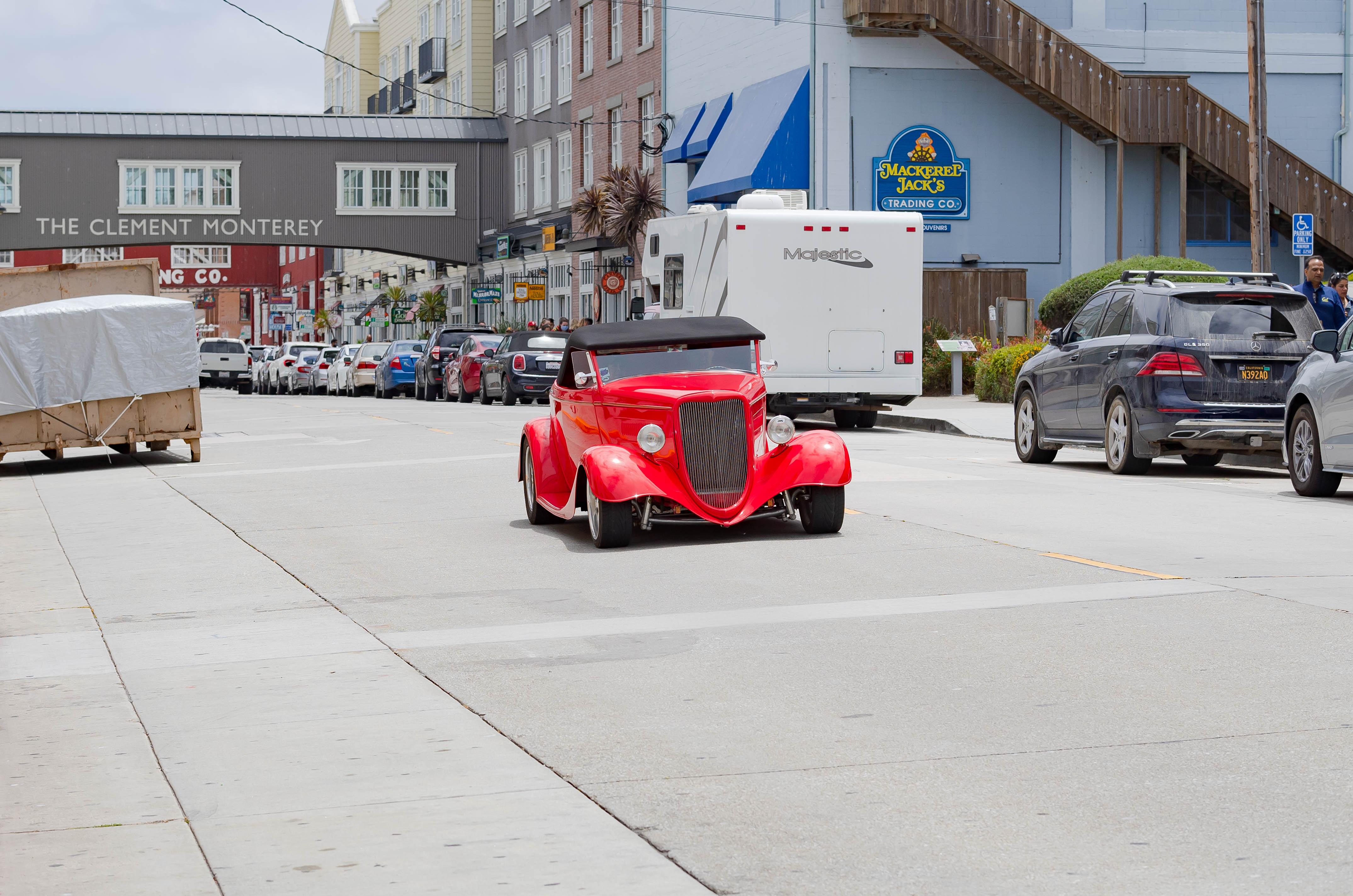 Leica T · 56mm · f/5 · 1/1000 · ISO
100
Leica T · 56mm · f/5 · 1/1000 · ISO
100
 Leica T · 56mm · f/1.4 · 1/800 · ISO
100
Leica T · 56mm · f/1.4 · 1/800 · ISO
100
 Leica T · 56mm · f/1.4 · 1/160 · ISO
2500
Leica T · 56mm · f/1.4 · 1/160 · ISO
2500
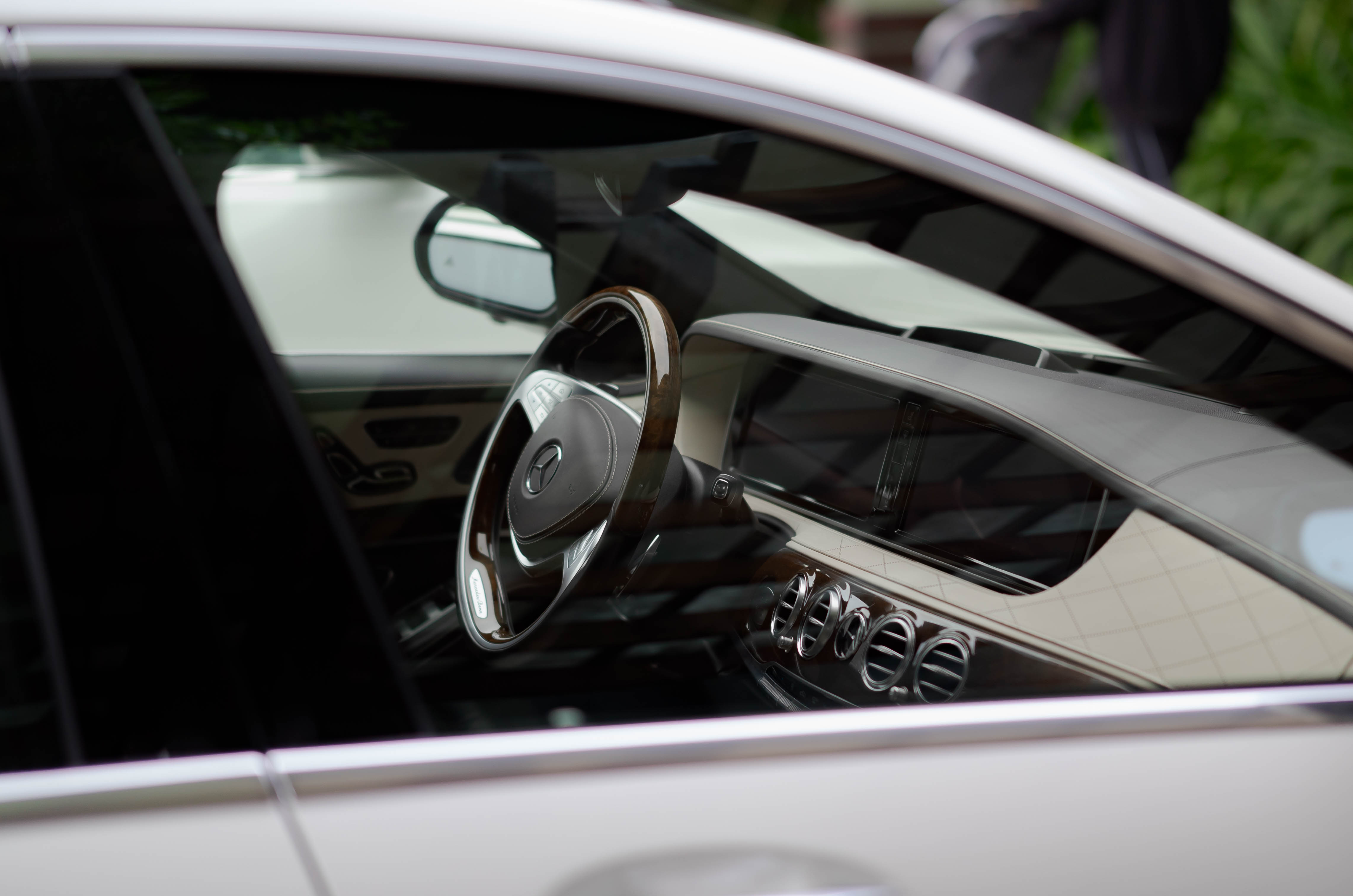 Leica T · 56mm · f/1.4 · 1/800 · ISO
100
Leica T · 56mm · f/1.4 · 1/800 · ISO
100
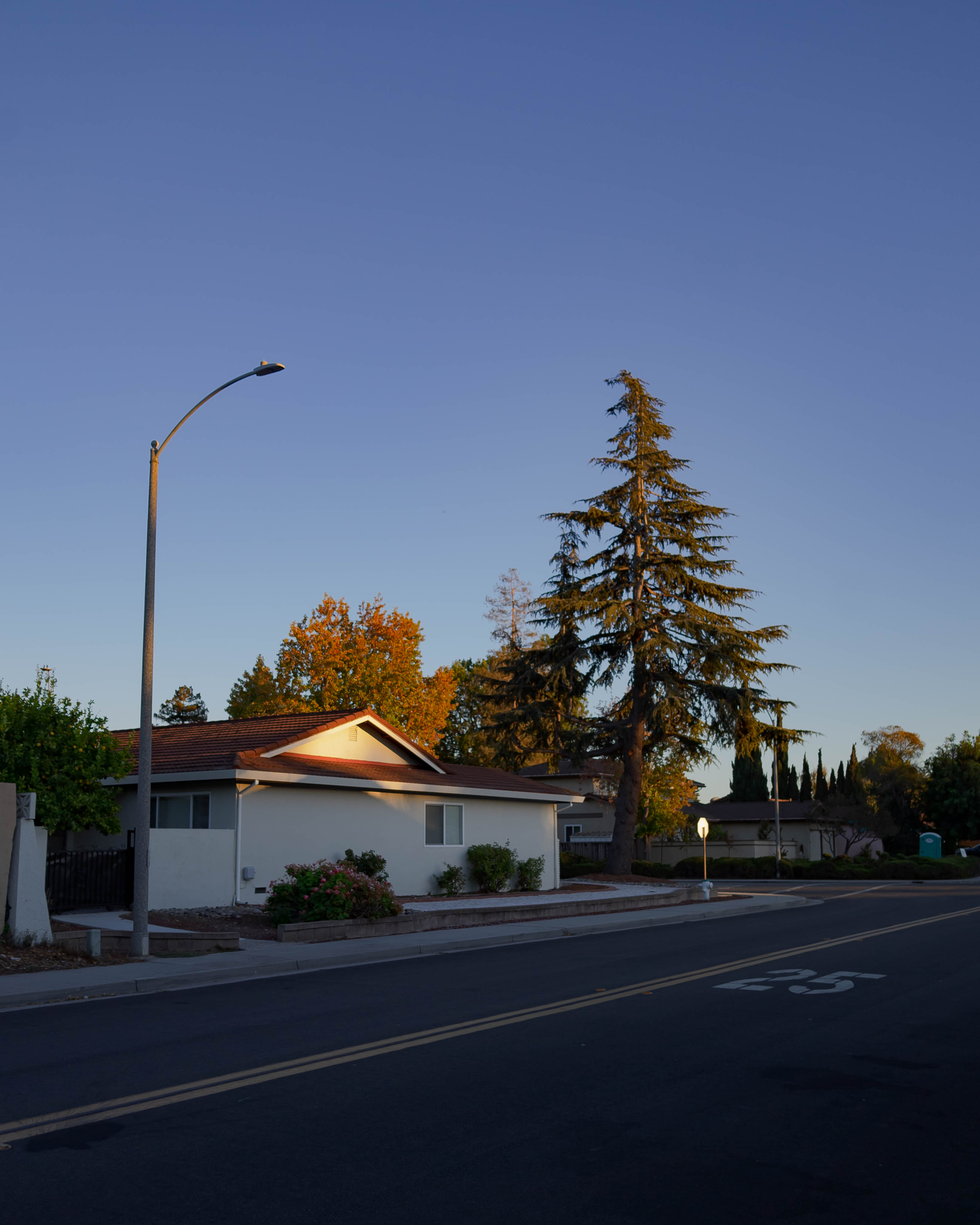 Leica T · 18mm · f/2.8 · 1/320 · ISO
100
Leica T · 18mm · f/2.8 · 1/320 · ISO
100
The verdict
The Leica T is one confusing camera.
On the one hand, the price alone makes it worth trying. However, there is the issue of lenses. You could use one of Sigma’s affordable APS-C L-mount lenses. But, the bulkiness of these lenses and the abysmal autofocus remove any possibility of the T being a quick shooter. Leica’s own 18mm and 23mm lenses are fantastic, but they cost two to five times as much as the body.

Adapting vintage lenses may work well for wider focal lengths. With longer lenses and their accompanying shallow depth of field, the T’s lack of focus peaking hurts.
The UI is a head-scratcher as well. Removing almost all the buttons and replacing them with a touchscreen sounds convincing on paper. In practice, it’s disappointing. In the smartphone, deferring input to the screen enabled a wide variety of use cases never before imagined. So, the tradeoff of usability was worth it. In a camera, the added flexibility of the touch screen offers little to make the tradeoff worth it. Fortunately, Leica seems to have learned its lesson and struck a sensible balance between the touch screen and physical controls in their newer cameras.
We are left with a confusing set of tradeoffs, some pros, some cons.
Do I regret buying this camera? No. The beauty of this camera is a gravitational pull so strong that I can’t help but pick it up. Also, it has served me in taking beautiful, memorable photographs of my family.
This camera also piqued my curiosity about the rest of the L-mount system. I later found a ludicrous deal on a Leica CL, which I can proudly say brings me as much if not more joy than my Q.
So, if you have the chance to own the T, the TL, or TL2, I would go for it. They offer a unique way of experiencing photography, unlike any other system.

Photographs shot using:
Some videos and photos are from Leica Camera
Thanks to Q for reading drafts of this.